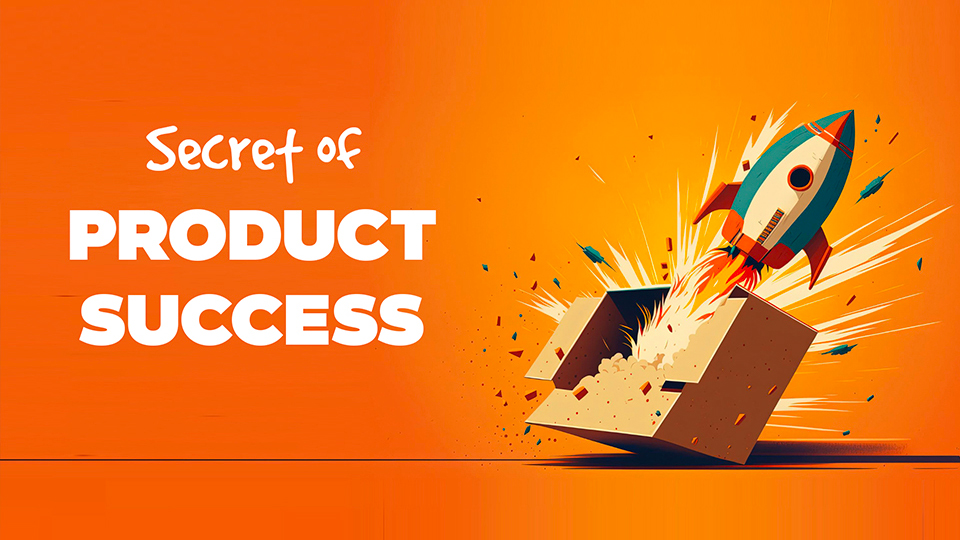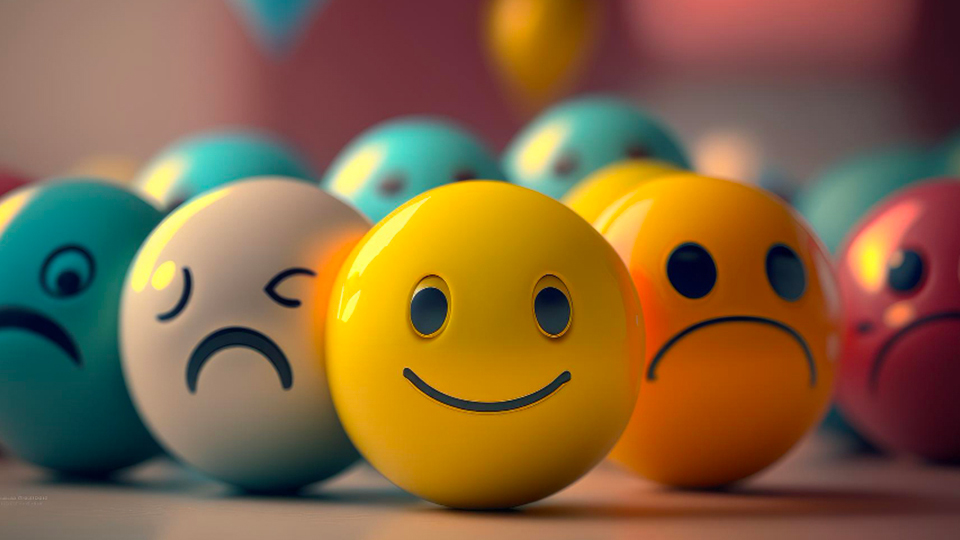The Magic Formula Behind Product Success
November 15, 2023Read Article

As a Product Designer, I have faced creative blocks at times—a point where progress seems halted, and moving forward or backward becomes difficult. In my role as a Design Manager, I've observed team members seeking assistance when encountering a creative block. Drawing from my extensive experience as both a Designer and Design Manager, I'd like to share some tips that have proven effective for me as well as my team in overcoming creative blocks. Following strategies may be helpful in overcoming the creative block:
Take Breaks: Pause & Refresh
Give yourself a breather from work, even if it's just a short break. Move around or take a brisk walk to switch things up. This simple action can rejuvenate your creativity and offer you a fresh perspective.
For example, picture yourself taking a break during a challenging project. Stepping outside for a moment or going for a quick stroll can clear your mind. When you return, you might find yourself approaching the task with renewed energy and innovative ideas.
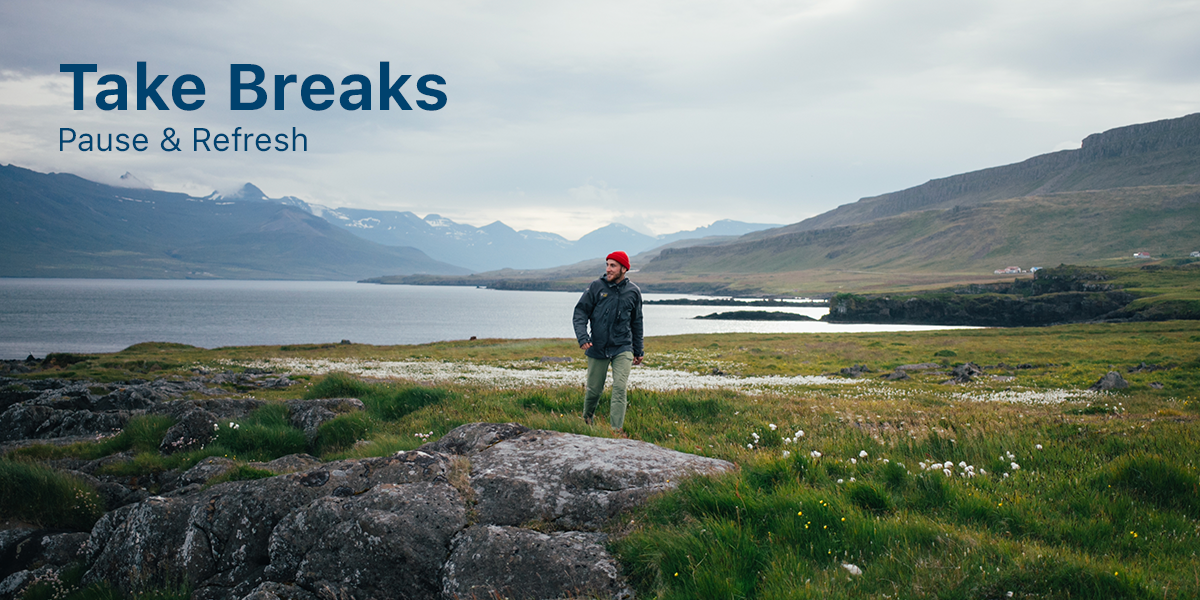
Creative Thinking: Unleash Imagination
Try activities that boost creative thinking, such as brainstorming, mind mapping, or sketching random thoughts without worrying about if they're good or bad.
Example: When developing a product for a car garage, consider the entire process from when the car is brought to the service center until it is returned to the customer. Analyze each step and explore ways to enhance every aspect.
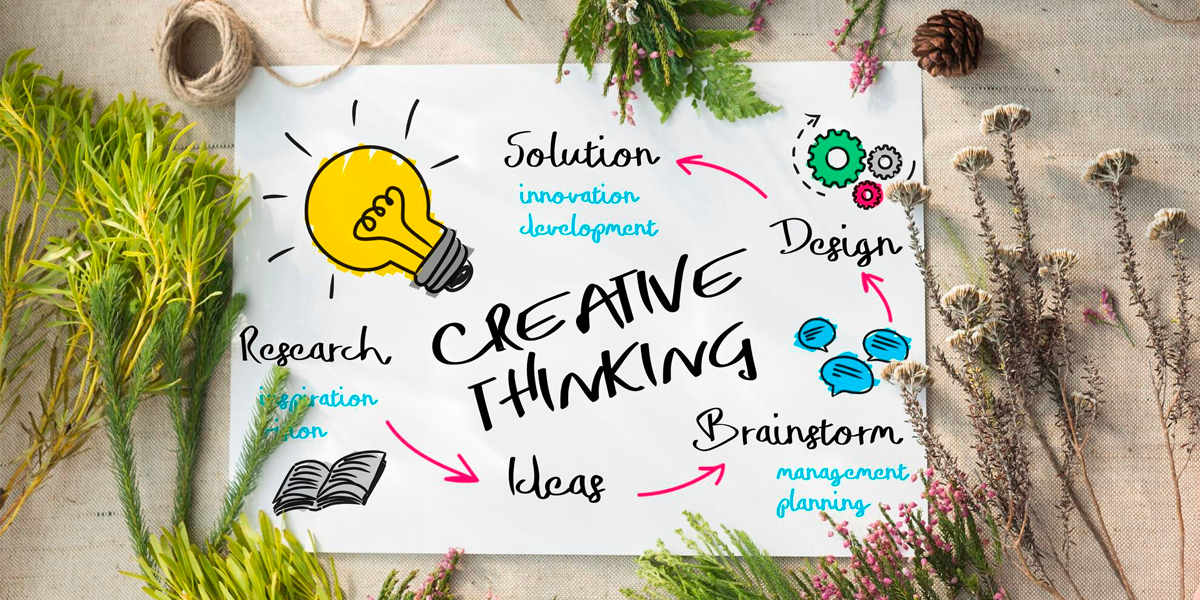
User Research: Understand Your Users
Get to know your target audience better by doing user research. Learning about what users need and challenges they face can inspire fresh ideas and solutions.
Example: Explore competitor product reviews on the App Store or Play Store to gather insights into both positive and negative user experiences. Understand what users appreciate and find challenging. This can help you figure out what to make better and what's working well.
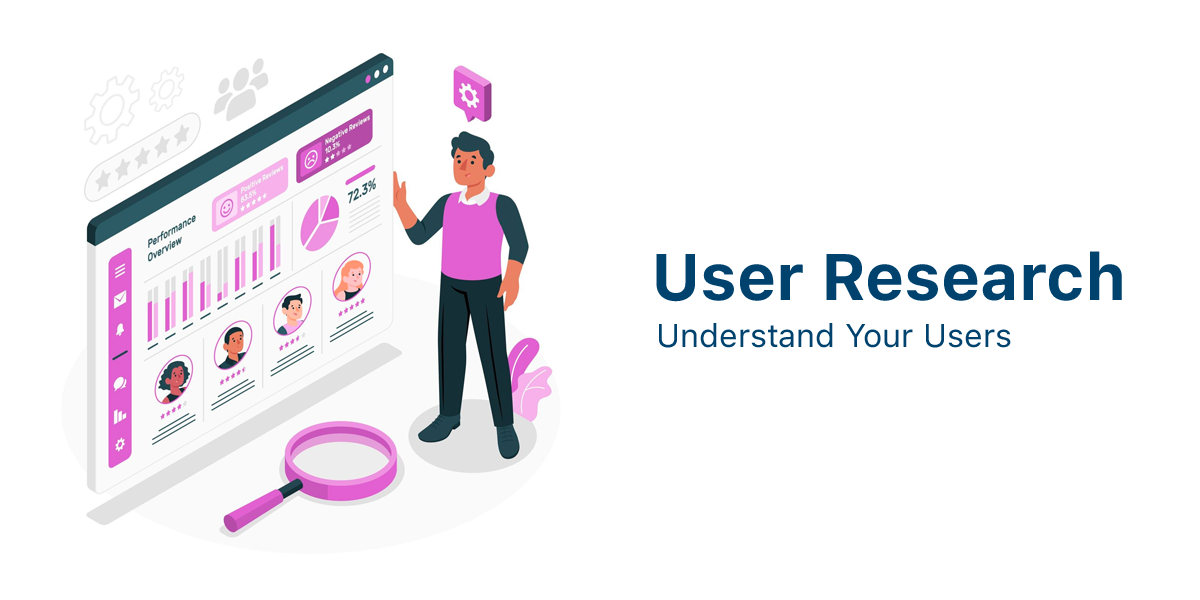
Inspiration Gathering: Collecting Creative Sparks
Explore design inspiration from various sources. Look at other designers' work, visit design blogs, attend conferences, or explore art and nature for inspiration.
Example: Explore popular products in your field to understand what users like. Additionally, visit design inspiration websites like Dribbble and Behance for a wealth of creative ideas. This exploration can aid you in developing something new and unique based on your own thoughts.

Collaborate: Spark Creativity Together
Team up with colleagues or fellow designers to exchange ideas and challenges. Team up with colleagues or fellow designers to exchange ideas and challenges. In these collaborative discussions, where everyone contributes, you can uncover fresh and inventive ideas, leading to the discovery of new insights and imaginative solutions.
Example: Imagine you're designing a website, and you're stuck on how to make the navigation user-friendly. Instead of struggling alone, you talk to your colleague. Together, you bounce ideas back and forth, and soon enough, you come up with a creative solution that makes the website easy and enjoyable for users to navigate. Working together made the design process smoother and more effective!

Limit Options: Unleash Creativity by Setting Boundaries
Give yourself some rules. When you have too many choices, it can feel like a storm in your mind. But when you limit your options, it's like navigating a clear path, and that can spark some really creative ideas.
Example: Think of it like planning a themed dinner. If you have unlimited ingredients, it might be chaotic. But if you decide on an Italian theme, suddenly you have a direction, and your creativity can flourish within those delicious limits.
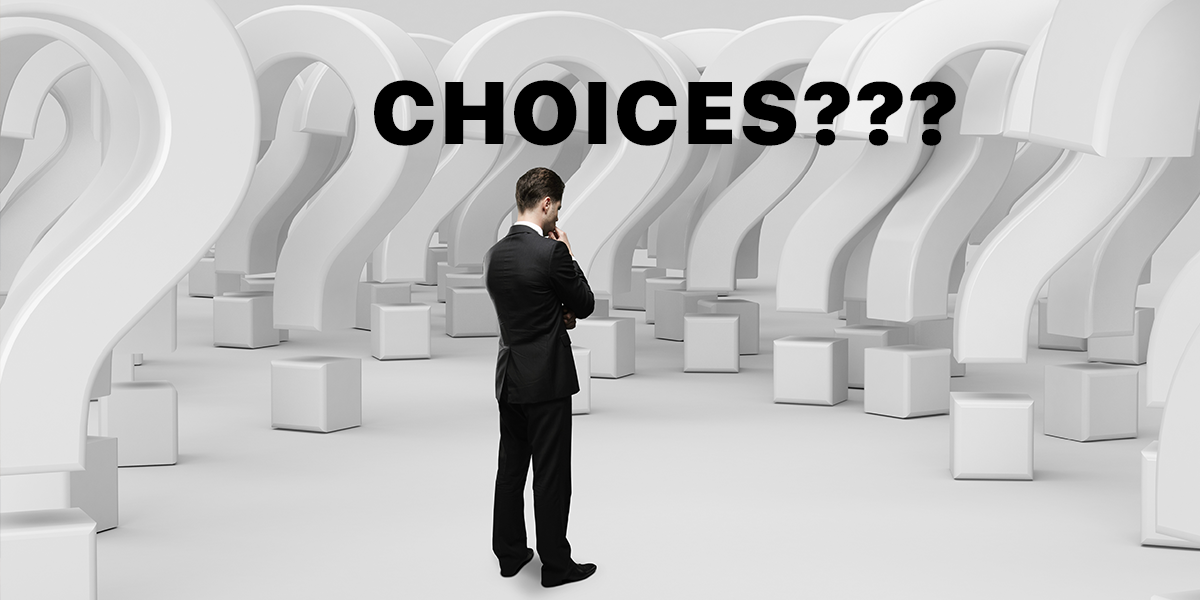
Mind Mapping: Mapping Your Thoughts
Make a mind map to sort out your thoughts and ideas visually. It's like drawing a picture of your brainstorming session. This can make it easier to see how things are connected and find new design ideas you might not have thought about before.
Example: Imagine you want to make a cool toy. In the center of your paper, write "Toy Design." Draw branches for key parts like "Shape," "Colors," and "Features." Under "Features," add things like "Lights" and "Sounds." It's like a picture of your ideas, showing how each part connects, making it fun and easy to create a great toy!
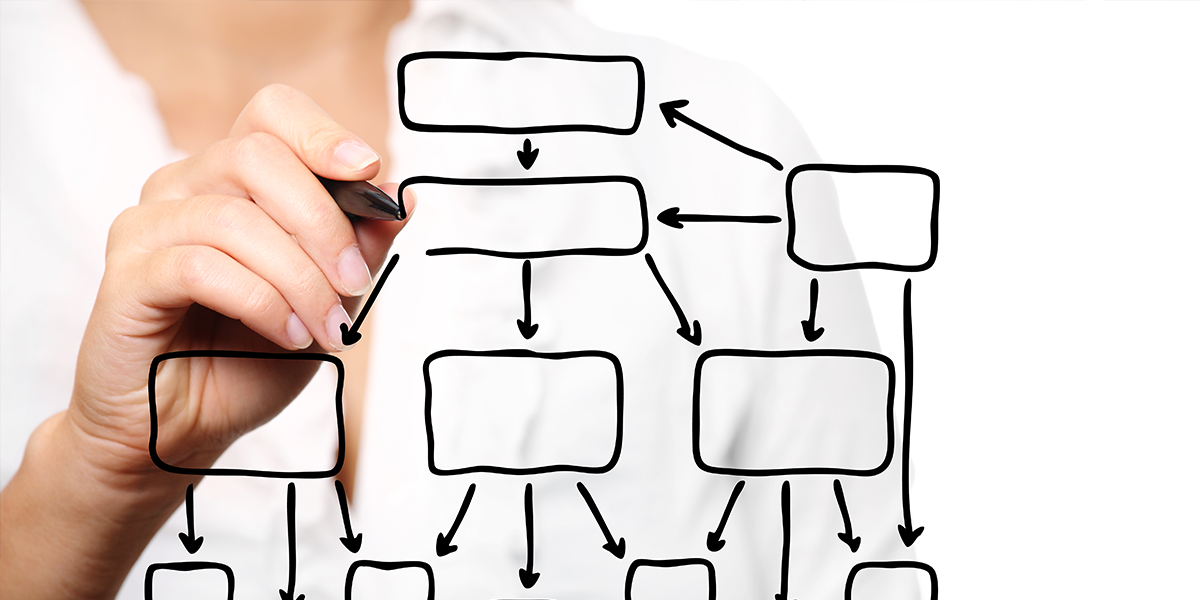
Experiment with Tools: Explore Different Tools
Try out various design tools or techniques. Testing different methods can shake up your routine and boost creativity.
For example, instead of always using the same drawing app, try a different one. You might find new features that inspire creative ideas.

Dive into learning new things relevant to UX/UI design. Acquiring fresh skills or knowledge is like unlocking doors to creative possibilities.
Example: Imagine you're a designer learning a new software tool. It opens up new ways to approach your projects, inspiring creative solutions you might not have thought of before.

Change Your Routine: Mix Up Your Daily Habits
Mix up your daily work habits. Introducing changes to your routine can be like adding a dash of excitement, breaking the monotony and sparking new ideas.
Example: Consider rearranging the order in which you tackle tasks. Instead of starting with emails, try diving into a creative project first. This shift can bring a new energy to your day and inspire innovative approaches.
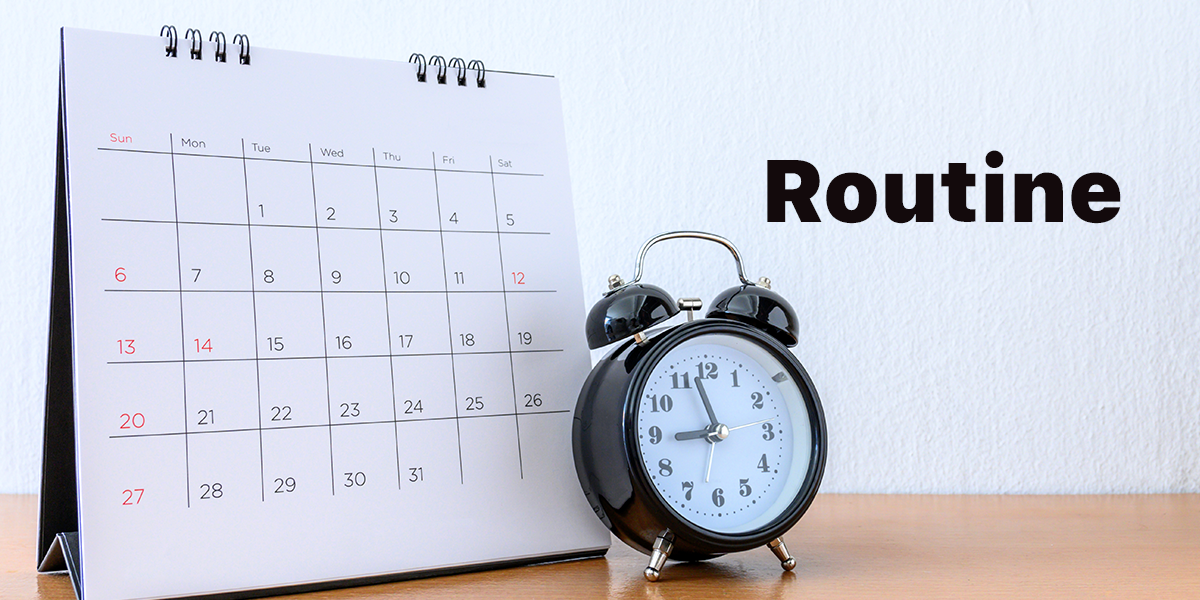
Seek Feedback: Invite Input
Present your work to others and ask for helpful feedback. External viewpoints can offer valuable insights and suggestions.
Example: Imagine you're creating a poster. Show it to a friend and ask what they think. Their input might help you spot areas for improvement or give you fresh ideas you hadn't considered.

Mindfulness and Relaxation: Embrace Mindfulness and Relax
Incorporate mindfulness practices or relaxation techniques into your routine. A peaceful mind is more open to creative thoughts.
Example: Picture yourself taking a short break to do some deep breathing exercises. This calms your mind and, when you return to your task, you might find yourself approaching it with a fresh perspective, leading to more creative solutions.

Facing creative blocks is normal; everyone goes through it. Try different strategies to find what works best for you, and be kind to yourself in the process. Remember, experimentation is key to unlocking your creativity.
Thank you!!!
